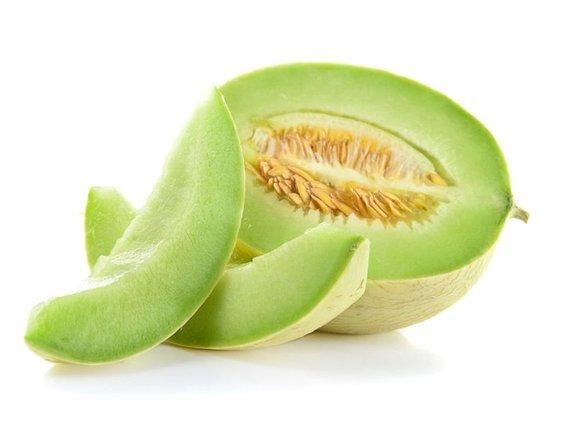Internet of Things-Based Melon Cultivation with Drip Irrigation System, How is it?

Melon Cultivation with Drip Irrigation System
(Istimewa)Watering plants is an essential step to ensure healthy growth. As many plant parents know, there are do’s and don’ts when it comes to watering. Depending on the type of plant you have, watering can be as often as twice a day to every other week. It all depends on your plant needs, some need more, and some can withstand a long period between watering.
The general rule for watering is to not overwater them, wet the leaves and stems too much, and not let them dry in between watering. Overwatering results in puddles that can be a breeding pool for pests and diseases. This leads to symptoms such as yellowing leaves, rotting in the stems, leaves, or roots, and in the end, stunted growth. It is why, for big agricultural operations, a good irrigation system is important. One infected plant can ruin the whole crop leading to a failed harvest.
What is a drip irrigation system?
Now let’s talk about the irrigation system itself. The most common methods of irrigation are surface irrigation and sprinkler irrigation. Surface irrigation is where water is applied and distributed over the soil surface. Using only forces of gravity to disperse the water throughout the crop, this irrigation system is one of the oldest methods of irrigation. The other more common method of irrigation is sprinkler irrigation which, as the name suggests, uses the sprinkling system that disperses water through the crop.
Both systems have been used for years and years by farmers all over, but the one downside of both is that they are both inefficient and require a massive amount of water. Surface irrigation is not one hundred percent effective and can sometimes lead to uneven watering. While with sprinkler irrigation, the water travels through air and much of it evaporates before it ever touches the ground. Even then, the water that soaks the surface soil can also evaporate before it can even penetrate to the plant root, especially in a high-temperature region. This means that it would require a lot more water and energy for the crop to be truly watered.
The innovation of the drip irrigation system helped to solve these problems. The drip system is more efficient and requires significantly less water method of irrigation. It allows the water to penetrate straight to the soil and absorb by the roots without risking the threat of over wetting the leaves or stems. According to the Ministry of Agriculture websites, the drip irrigation system can save water up to 87% to 95%. This is because, with the drip method, the water is applied straight to the soil through a series of pipes, minimizing evaporation and runoff.
Drip irrigation system
A team in the Brawijaya University, Malang, East Java takes the drip irrigation system and upgrades it into an adaptable and more advanced irrigation system. Using the drip irrigation method based on the Internet of Things (IoT), they manage to create three uniformities in the cultivation of melons from taste (sweetness), size (weight), to harvest time in their Agro Techno Park located in Jatikerto, Malang Regency.
Innovator of the technology, Eka Maulana, ST., MT., M.Eng., said that they use the drip irrigation system that is controlled based on the water content of the growing media. This means that when the soil is dry, the drip system will activate. All of the information around water levels in the soil, when the system is activated, and information related to the mechanism is sent over through the IoT connections.
The system can not only be used for irrigation, but it can also detect other things like nutritional needs, lighting, temperature, and humidity of the melon garden greenhouse. The controlled treatment allows them to produce a uniform melon both on its taste and size.
“In the process, the drip irrigation system works according to the nutritional needs of each plant. So it’s not just how much the system irrigated the plant, but it also adjusted to the age of the plant. Control of this system is monitored in terms of time and data variables that have been well recorded,” said Eka as reported from Elshinta.
Agro Techno Park Manager of Agriculture and Development, Suyadi, SP.MP., added that the process of adding nutrients through water that is dripped into the media on plants periodically is given according to the needs of the plant.
“In a day, it can be done 5 to 10 times. So with this technology, we don’t need to manually apply the nutrition. The system can be left to do other work because it will automatically turn on the drip machine and flow nutrients to the planting media according to the needs of the plant,” said Suyadi.
This leads to a better and ideal yield of melons with premium quality. From the sweetness of the melons, neatly arranged net or skin, to the ideal weight, the Internet of Things-based melon cultivated with a drip irrigation system is superior compared to conventional melons.
Written by: Safaanah
